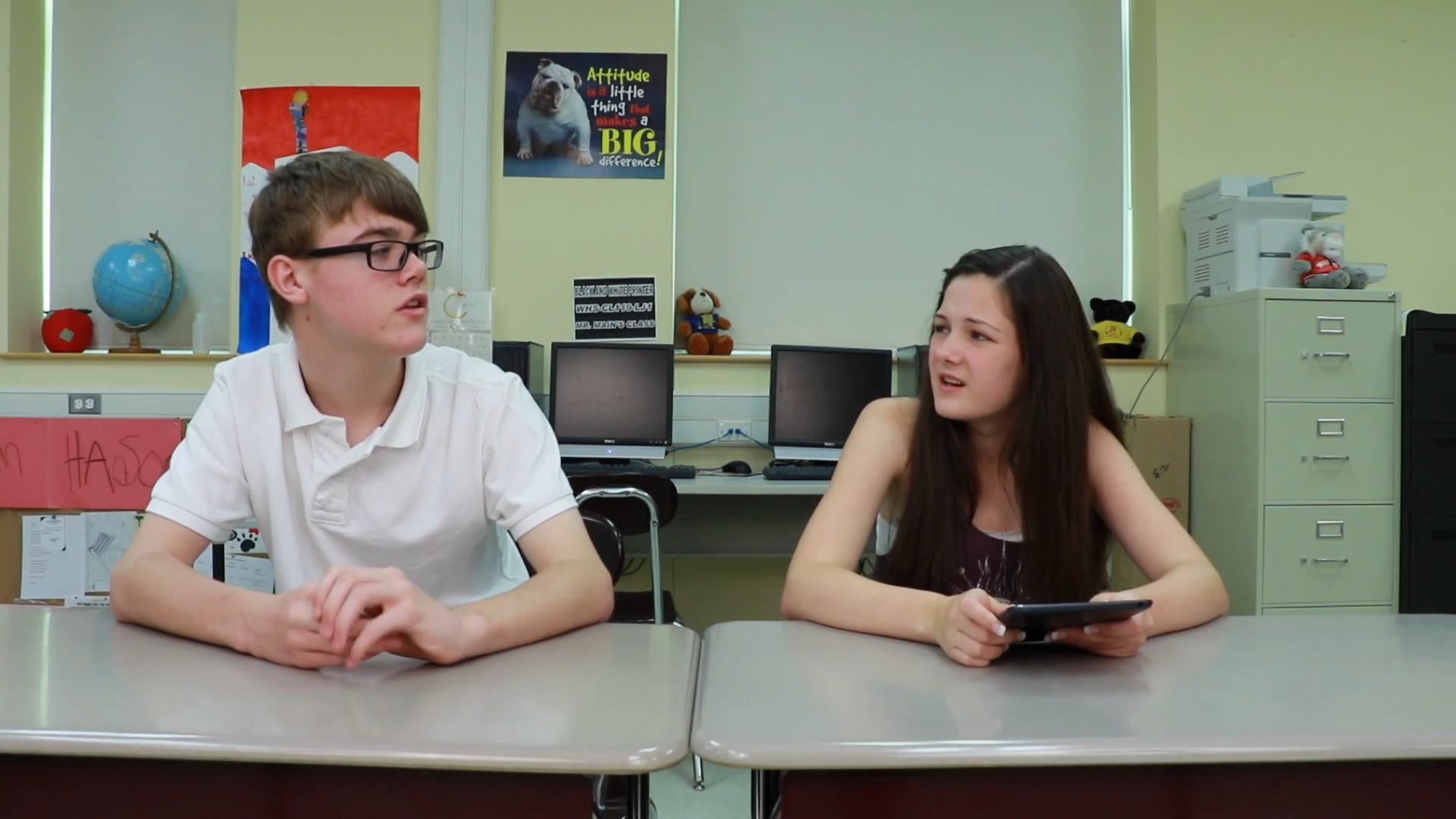Introduction
Figures of speech are sayings that people use, which have different meanings than what they seem. They are an essential part of everyday communication and can be challenging for students to grasp. Teaching middle school students about figures of speech can help them better understand what people really mean, instead of taking everything literally. This blog post will provide an overview of a no-prep activity, discussion questions, and related skills to help educators effectively teach figures of speech to their students.
No-Prep Activity
This activity is designed to help students practice identifying and understanding figures of speech. It requires no preparation or materials from the educator.
- Divide the students into pairs or small groups.
- Ask each group to come up with a list of 5-10 common figures of speech that they have heard before (e.g., “it’s raining cats and dogs,” “the ball is in your court,” “break a leg”).
- Once they have their list, have the students take turns explaining the meaning of each figure of speech to their group members.
- After each explanation, encourage the group to discuss whether they agree with the meaning or if they have a different interpretation.
- Bring the class back together and ask each group to share one figure of speech and its meaning. This will allow the students to learn from each other and expand their understanding of various figures of speech.
Discussion Questions
Use these questions to stimulate further discussions about figures of speech among your students:
- Why do you think people use figures of speech instead of speaking literally?
- Can you think of a time when you misunderstood someone because they used a figure of speech? How did it make you feel?
- How can we improve our ability to recognize and understand figures of speech?
- Do you think some figures of speech are more difficult to understand than others? Why?
- How do figures of speech contribute to the richness of language and communication?
Related Skills
Teaching students about figures of speech is just one part of helping them develop strong communication skills. Other relevant skills for students to learn include:
- Active listening: Encourage students to listen carefully to what others are saying and ask clarifying questions when needed.
- Non-verbal communication: Teach students about body language, facial expressions, and tone of voice to better understand and convey messages.
- Empathy: Help students develop the ability to understand and share the feelings of others, which can lead to more effective communication.
- Conflict resolution: Equip students with the skills to handle disagreements and misunderstandings in a constructive and respectful manner.
Next Steps
Figures of speech play a significant role in everyday communication, and helping students understand and use them effectively is an essential part of their social-emotional learning journey. To further support your students’ learning, consider signing up for free samples of skill-building resources and activities from Everyday Speech. These materials will provide you with additional tools and strategies to help your students become more confident and effective communicators.










